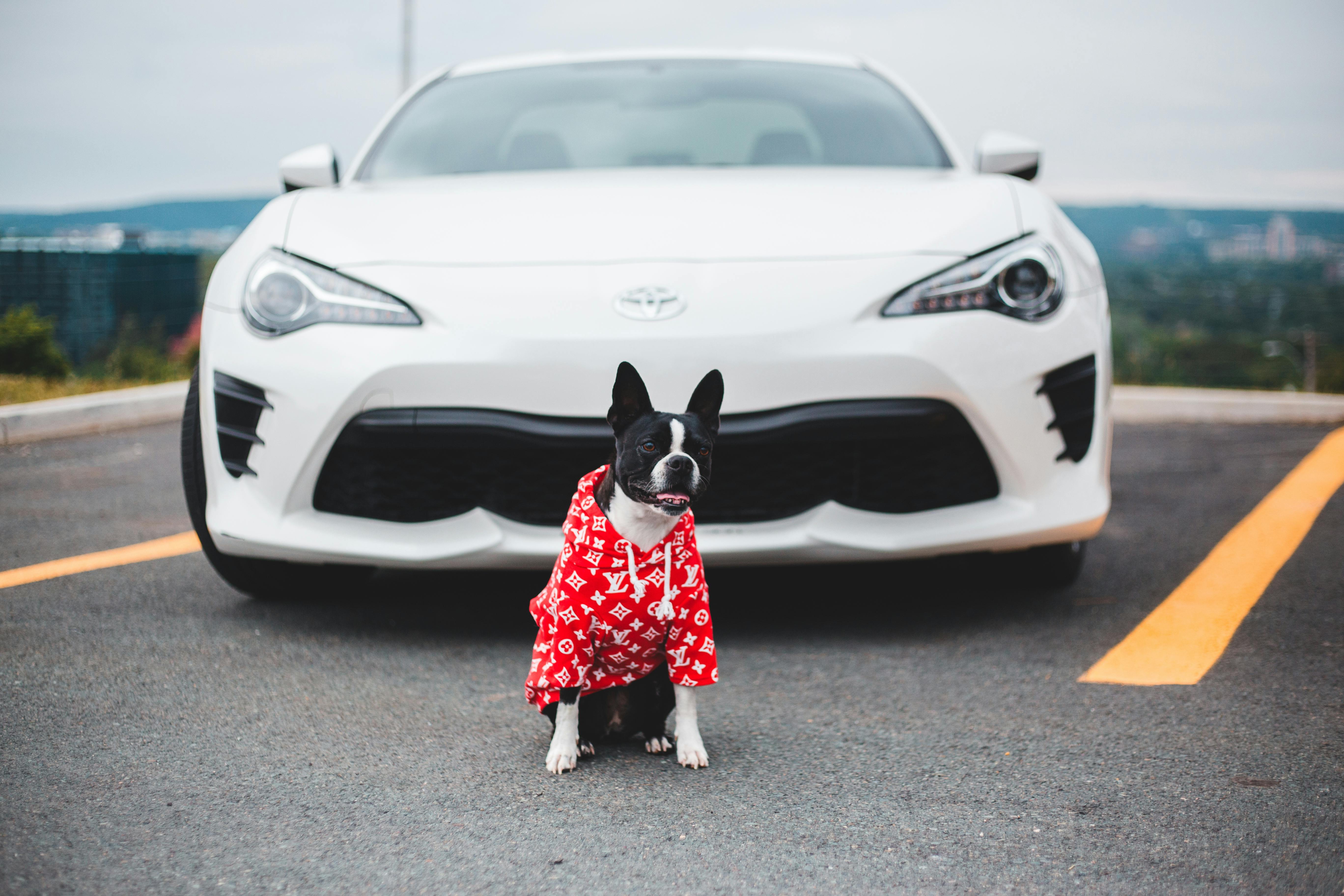
What is an HVAC system, anyway?
Heating, ventilation and air conditioning (HVAC) equipment can be a mystery to homeowners. You may know that your home has the ability to keep the climate controlled at the touch of a button, but you want to understand more about the machinery that works so hard for you. Read on for a complete definition of the components of your indoor climate control machinery.
Cooling:
In the hot summer months, the air conditioner is the star of the climate control show. Your air conditioning unit draws in outside air and cools and dehumidifies it as the air passes over a cold metal coil. This coil is itself an air-to-liquid heat exchanger, which means that hot air absorbs cold from the coil and vice versa. The rows of tubes pass cold liquid through the coil and the flat surfaces connected to the tubes create a large cooling surface, increasing the amount of air that can be cooled at one time. More cold surface equals more cold air. The type of chilled liquid used depends on the system you have, but it can be liquid coolant or ice water with added freeze protection. Regardless of the liquid medium used, the liquid is delivered to the cooling coil at a cold temperature.
As this liquid passes through the cooling coil, two things happen to the air passing over the surface of the coil: the temperature of the air drops (it cools) and the moisture in the air is removed (dehumidifies). The cooling capacity of your air conditioner depends on its efficiency in cooling and dehumidifying the air. It is important to note that factors such as outside temperature can affect the cooling capacity of some machines. When cooling is inversely proportional to outdoor temperature, a machine’s ability to cool indoor air decreases as outdoor temperature increases. Likewise, indoor temperature and humidity affect your machinery in the same way. Most air conditioning equipment manufacturers provide a user guide that shows the change in efficiency of the equipment when indoor and outdoor temperatures and humidity change.
Heating:
Central air conditioning units are usually combined with a gas or oil furnace to provide heat to your home through the same set of air ducts. Alternatively, there are central HVAC units called heat pumps, which combine heating and cooling functions. If you heat your home with electricity, a heat pump system can be more efficient in moderate climates, providing up to three times more heating per electrical energy you consume.
Air conditioners and heat pumps use different components to functionally cool or heat the air in your home, but the basic principles of operation are the same. The heat pump transfers heat from the evaporator coil to the air and circulates the now heated air throughout your home. A heat pump’s heat coil actually draws heat from the outside air (yes, even cold winter air carries heat that your system can extract). Heat pumps are often installed with a backup furnace to help heat your home during those times when only a small amount of heat can be extracted from the outside air.
Types of Systems:
Typical homes employ a “split system” HVAC, with the air condensing unit placed outside the house and the coil inside. The other type available is called a “packaged” air conditioner and combines the condensing unit and coil in one outdoor unit. The best unit for you depends entirely on the location and construction of your home.